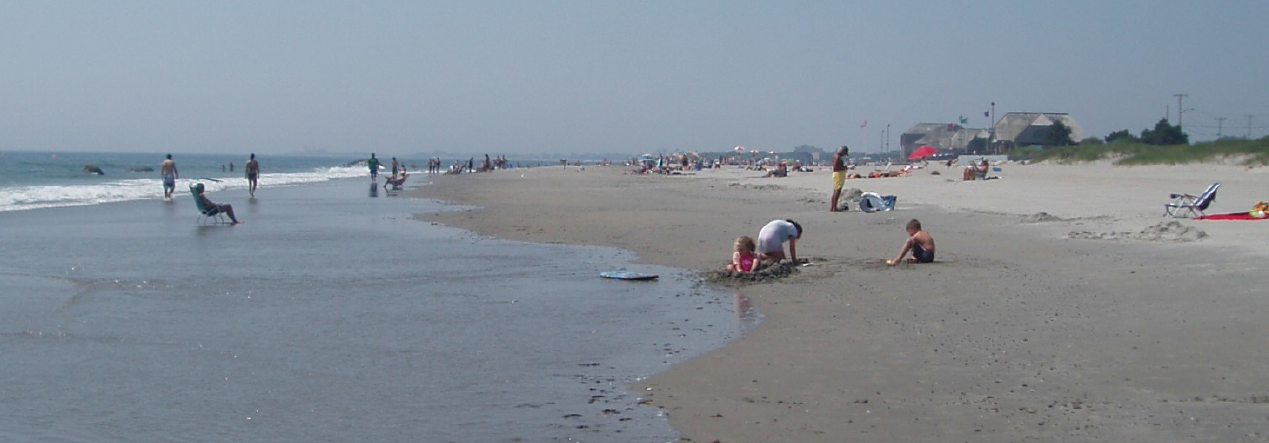Recreational beaches are monitored through measures of bacteria. Many records show sporadic increases in bacterial levels with no well understood cause. Our research has shown that in many cases the source of microbes to recreational waters comes from the intertidal zone. We study the mechanisms by which bacteria are released from this zone, including studies that focus on pore water transport and wave action. We collaborate with colleagues to model this release and also to understand the impacts of these releases on human health. Our most recent work has shifted towards focusing on the influence of chemical contaminants, in particular oil and polychlorinated biphenyls (PCBs) on the characteristics of the microbial community, and ultimately human health, within this zone. This research fits well within the theme of oceans and human health (OHH), a Center at the University of Miami, which is where much of the collaboration has taken place.
Please visit the following web sites to see listings of some of our research projects.
- Bacteria study at Village of Key Biscayne Beach. News story.
- Aerosolization of bacteria from sea surface to air. News story.
- Beach Exposure and Child HEalth Study (BEACHES). News story.
- Study to evaluate impacts of the pesticide Naled at beaches (Naled/Zika study)
- Oceans and Human Health Center (NSF Page for supplement)
- Oceans and Human Health Center (NSF Page for original grant)
- Oceans and Human Health Gordon Research Conference 2014, Anthropogenic Impacts on Coastal Communities and Ecosystems, funded by NSF and NIH and by SeaGrant (Connecticut, Florida, Woods Hole, Puerto Rico, Mississippi, Louisiana/Alabama) and by Wiley, Journal of Marine Drugs, ThermoFisher Scientific, VWR, Mo Bio, and Sinauer Associates.
- Modeling of Coastal Microbes Along the Gulf of Mexico U.S. States
- Rapid Response to Hurricane Katrina

The intertidal zone is an area where microbes accumulate and also an area where people tend to recreate.
